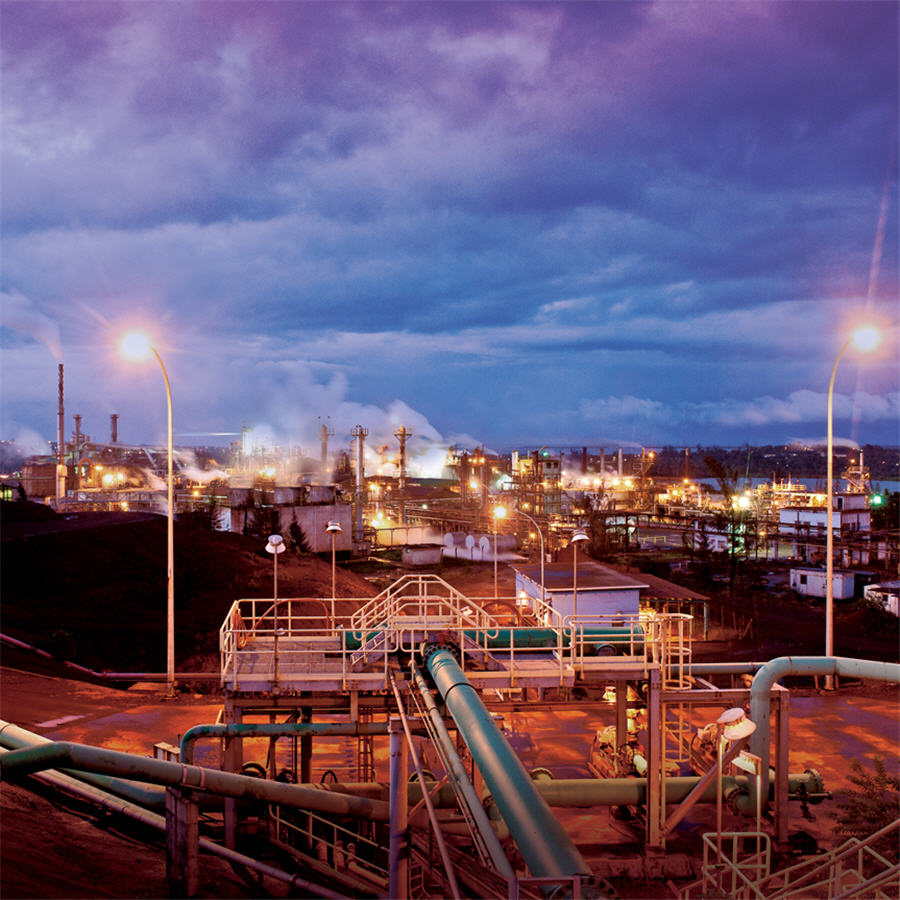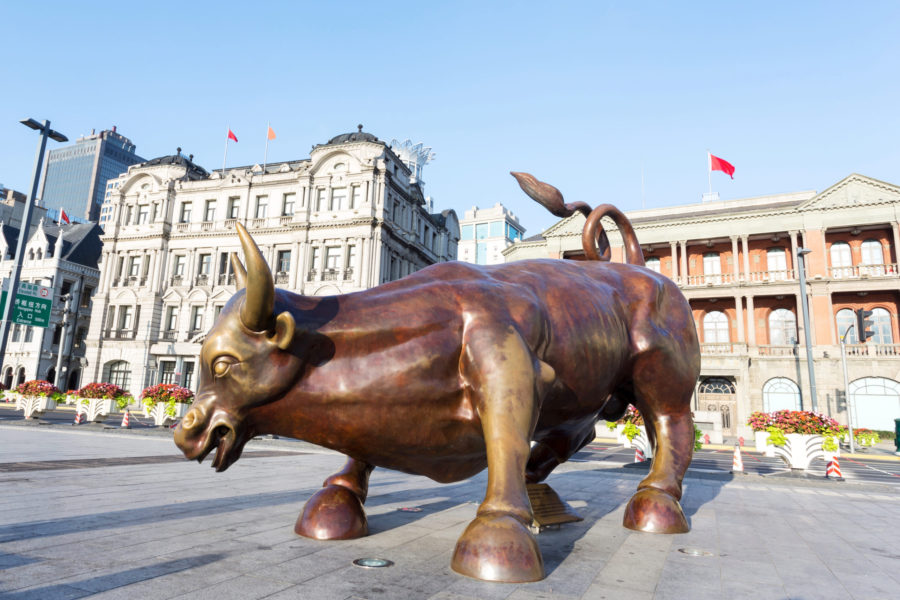Sherritt International sees jump in nickel production and profit

Sherritt International, (TSE: S) has released its 2018 Q3 report, and the numbers are up, thanks to the success of the company’s Moa joint venture (JV) with the Cuban Government.
Sherritt specializes in mining and refining of nickel and cobalt from lateritic ores, and the company also has projects and operations in Canada and Madagascar.
The average-reference price for nickel improved 26% from last year to $6.01/lb while the average-reference price for cobalt increased 22% to reach $35.21/lb
CEO David Pathe says the jump in numbers was largely due to higher realized nickel and cobalt prices. Cobalt is mined as a by-product of nickel, and acts as a stabilizing component in the lithium-ion battery cell structure.
The average-reference price for nickel improved 26% from last year to $6.01/lb while the average-reference price for cobalt increased 22% to reach $35.21/lb.
Sherritt’s share of finished nickel production at the Moa JV was 4,457 tonnes, up 10% from last year, while finished cobalt was 465 tonnes, flat from Q3 2017. Nickel production in Q3 2018 improved largely due to the arrival of new mining equipment that enabled Moa to surpass its target mixed sulphide production for the quarter.
The intermediary product is shipped from Cuba to Sherritt’s Fort Saskatchewan plant, and deposits are processed into LME grade quality nickel and cobalt briquettes.
Cuba is a stable mining jurisdiction with a high quality workforce, and has revised its foreign investment laws to attract international investors to the country.

In a global context, over 60% of the world’s cobalt comes out of The Democratic Republic (DRC), where concerns over ethical mining practices and child labour have the industry eyeing other production locations.
Pathe said market skepticism regarding nickel-cobalt is driven by factors such as heightened fears of a broader-scoped trade and tariff war, and what the affect it will have on global growth rates.
“The underlying fundamentals of supply and demand for physical metal continues to be a compelling story — the cobalt-nickel inventories are off by about 40% year to date. They are less than half of what they were a couple of years ago when nickel inventory was run up,” Pathe said.
“From a global production and consumption perspective, the world has been in a deficit in terms of nickel production for the last couple of years, reflected by a steady decline in global inventories. The supply and demand fundamentals for actual metal are better than what market prices probably reflect — from our perspective we just need to keep on making sure we are hitting production numbers.”
Currently, electric vehicles (EVs) are still a small proportion of overall global demand for nickel, roughly 2%, but that number will rise as the EV market grows.
“With the forecast rates for adoption of electric vehicles driven by China, and to a lesser extent, Europe, [and] China working towards a domestic EV market of 15 million vehicles by 2030. Chinese electric vehicle sales year to date are up 100% over the previous year — in line with the forecasts people have had,” Pathe said.
Pathe said that while nickel demand for electric vehicles could be several hundred thousand tonnes in a few years’ time, and that nickel production to meet that supply simply doesn’t exist today.
“That is going to be class one nickel production, like what we produce, not nickel pig iron and ferron nickel,” he said.
Pathe said this bodes well for nickel prices when looking at the underlying fundamentals of the nickel market and pointed out that there hasn’t been significant investment in class one nickel production since the financial crisis.
“Prices are going to have to move higher to incent the world to create more nickel production,” Pathe said.
{{ commodity.name }}
{{ post.title }}
{{ post.date }}




Comments